Architecture
[ architecture ] Aquiles Eco Hotel by Ramos Castellano Arquitectos
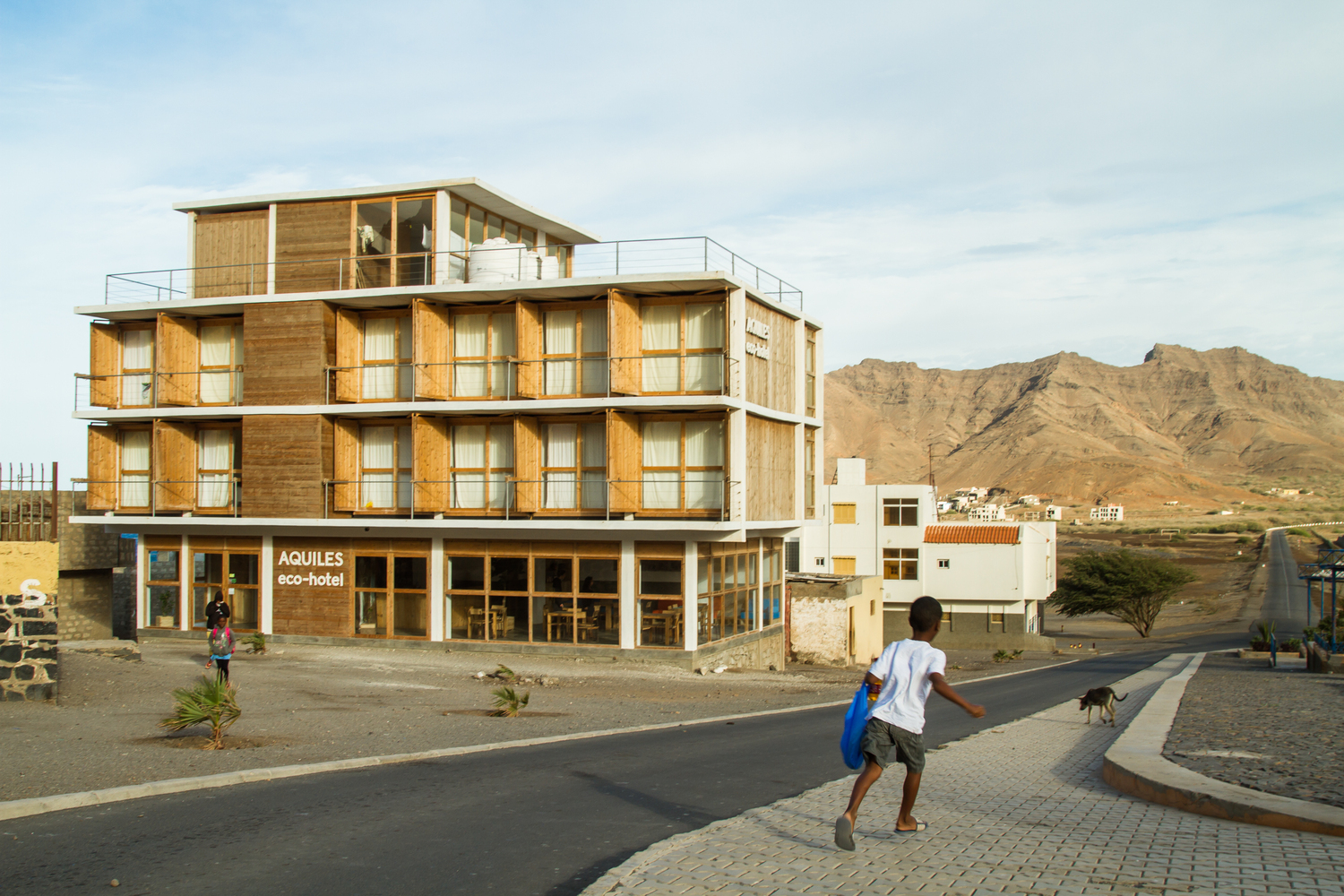
Sitting calmly amongst a small fishing village in Sao Pedro on Cape Verde, The Aquiles Eco Hotel exhales, ever so modestly, elongated breaths of serenity across it’s muted surrounds. With only stones and sand available to Ramos Castellano Architectos as local building matter, they were forced to evaluate options that would make the hotel sustainable, renewable and kind to the natural and cultural ecosystems within which it stands.
For this reason, certified wood was employed to build the rooms, forged from 13 shipping container sized compartments set in a beton brut structure and painted with lime putty. In choosing renewability and sustainability, the architects found they had in turn created a formation that was easy to assemble and disassemble depending on touristic demands and that could easily be deconstructed only to be rebuilt once more at another locale.
Aquiles Eco Hotel, São Pedro, Cape Verde (2014).
Designed by Ramos Castellano Arquitectos in 2014 in São Pedro, Cape Verde. All photographs by Ricardo Nascimento
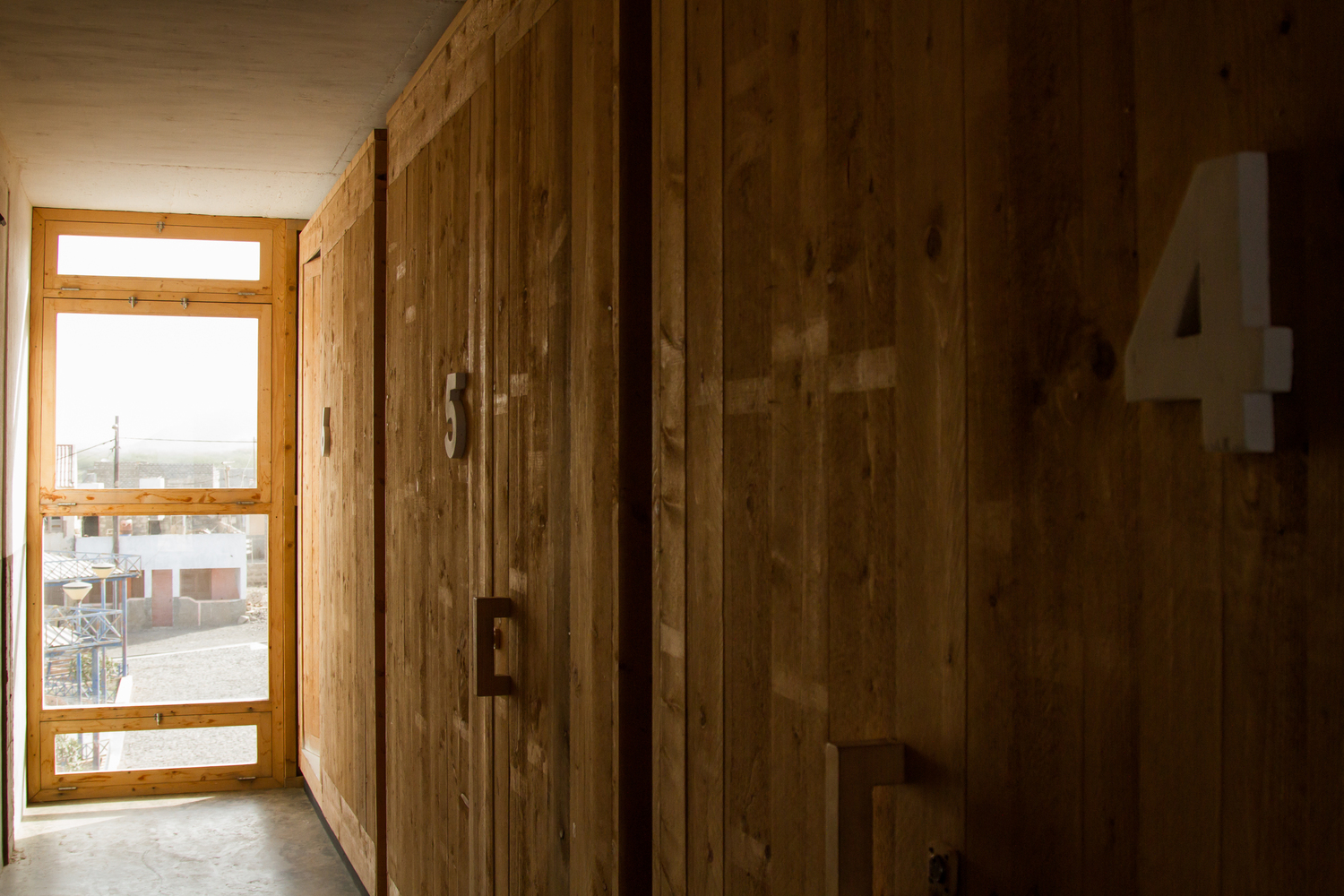
Further to the point of the hotel’s environmentally sensitive heartbeat, the water in the showers is recycled and reused in the toilet flush. In the near future photovoltaic panels will be set on the rooftop, while at present, there is no need for air conditioning due to the well-considered design integration of crossed ventilation. Arguably, the first in it’s class, the hotel has a “no television” rule, seeking to encourage patrons to limit their electricity useage by venturing outside to discover the fascinating curiosities of local life.
Complimenting the endless environmentally friendly intentions of the building is it’s physical charm; what we see is a simple, honest and raw modern structure that serves to enhance the beauty of the humble housing surrounding it. Even so, sustainable concrete has been used as a focal point throughout the common areas of the hotel, with magnificent recycled blonde wood giving a warm, welcoming skin to the interior of this earnest structure.
Read more at Arch Daily.
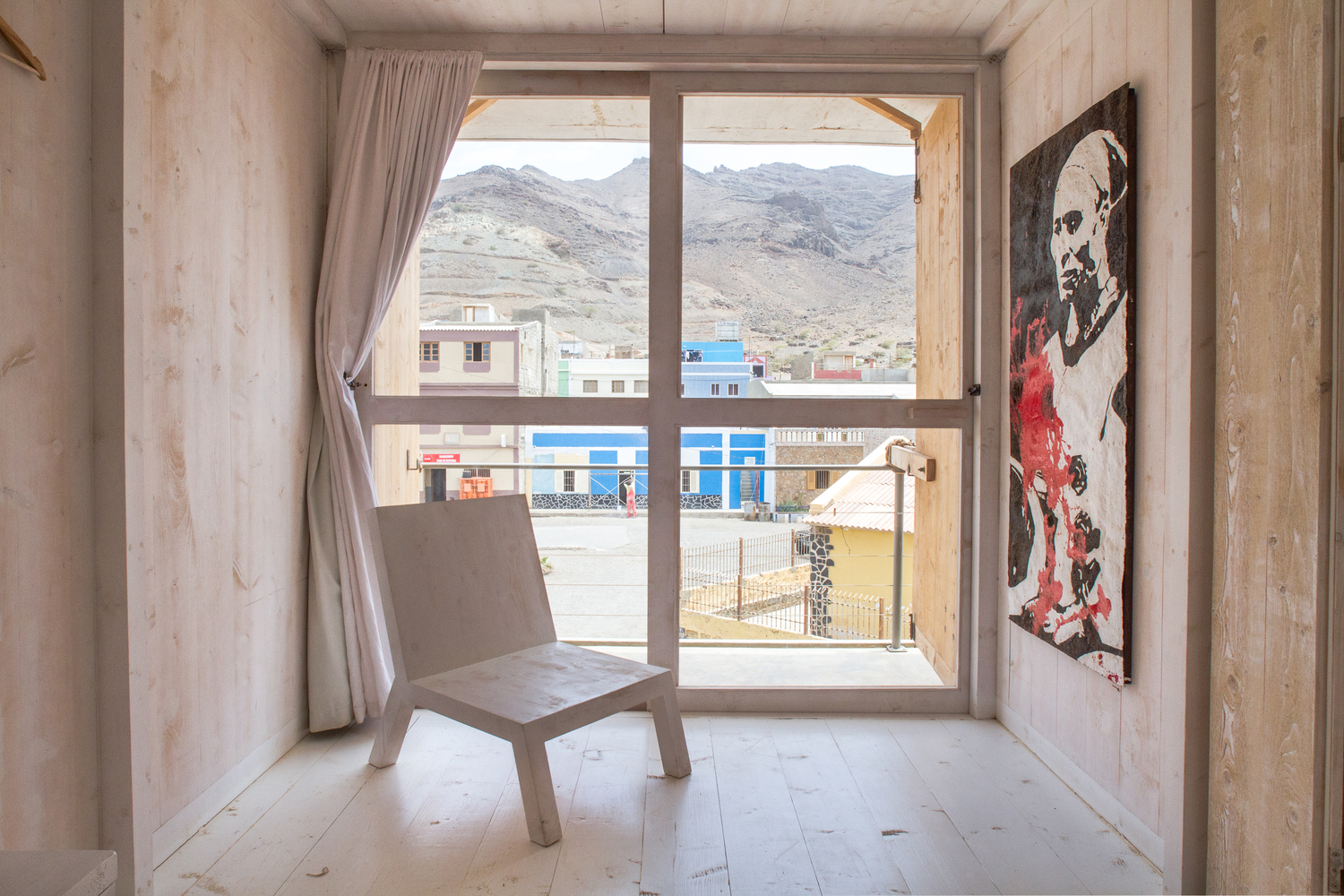
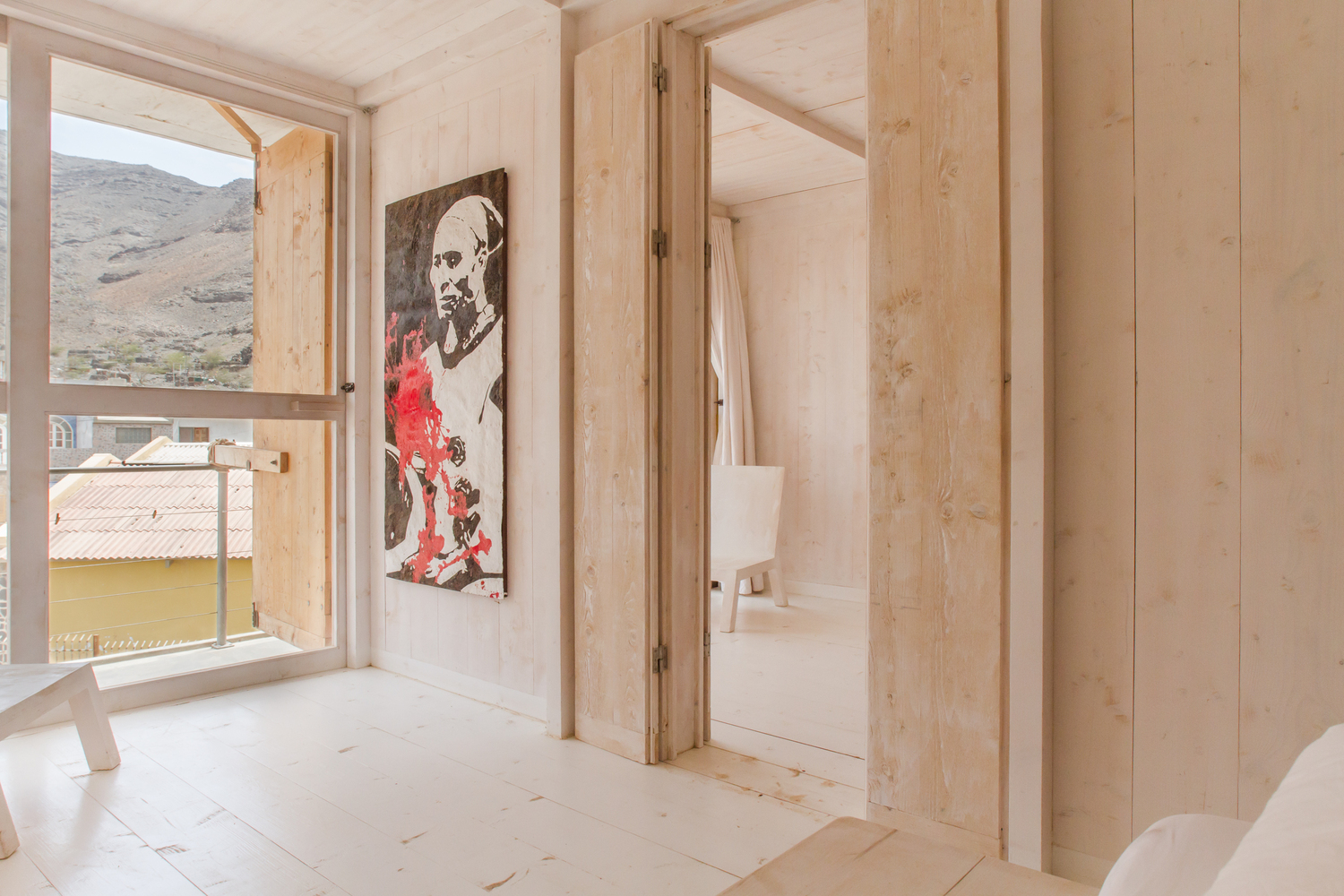
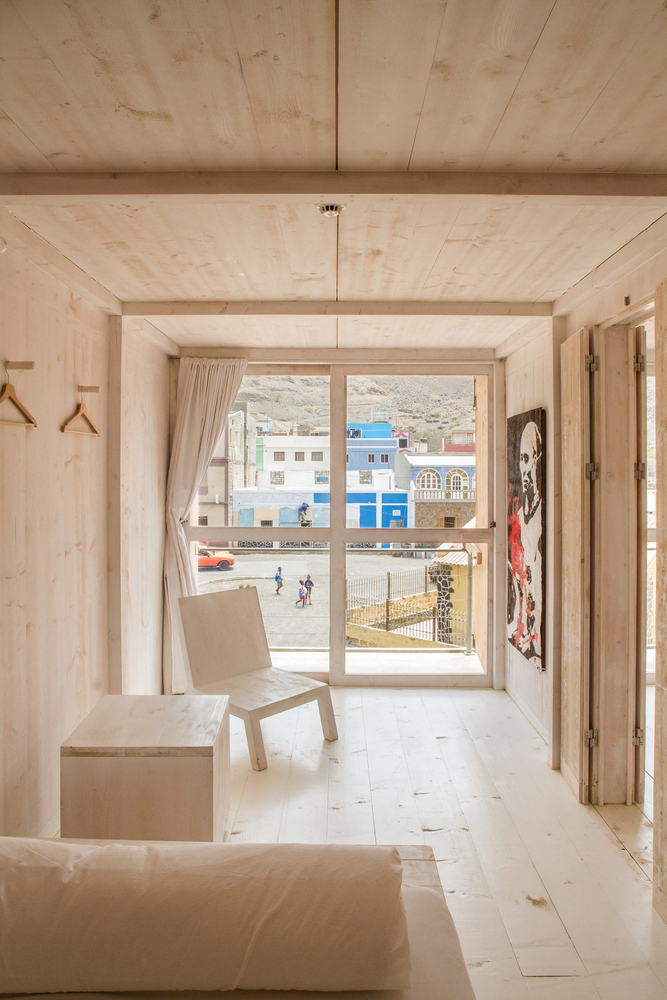

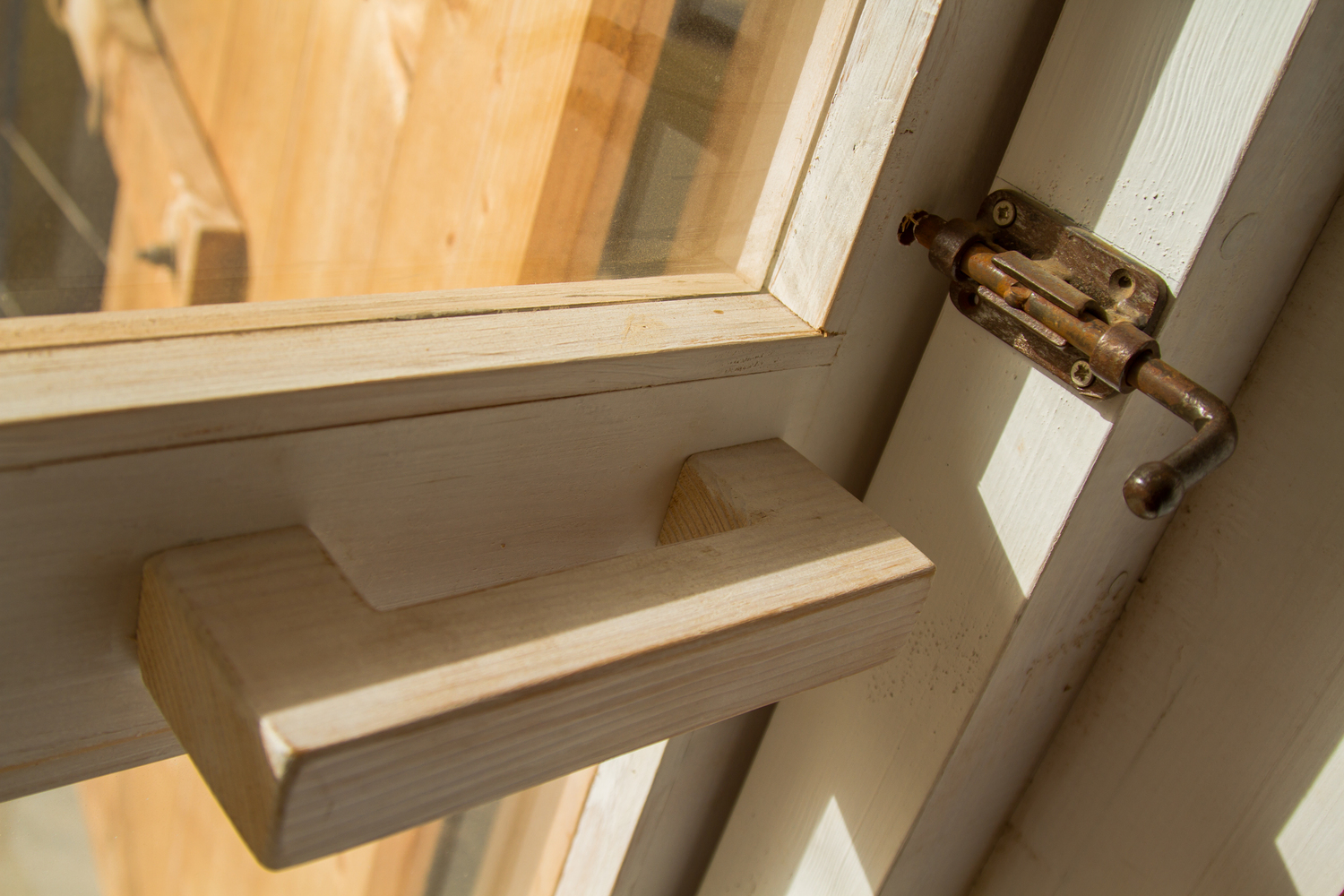


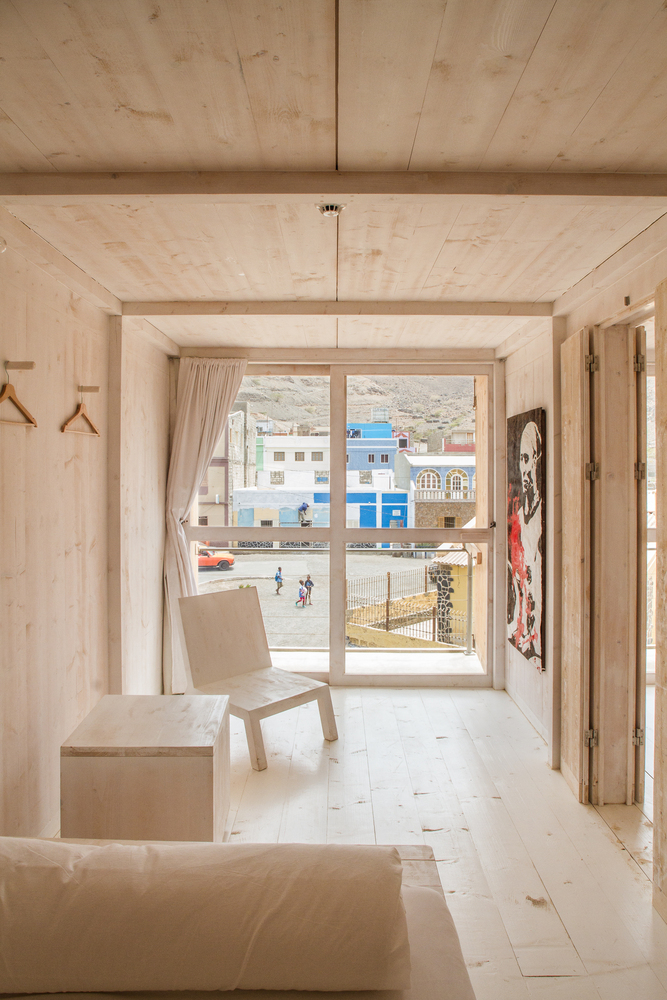



Leave a reply